When the United States was plunged into World War II at Pearl Harbor on December 7, 1941, the largest loss of life occurred with the catastrophic explosion aboard the battleship USS Arizona. More than 1,100 sailors and Marines were killed in the blast. However, a few yards along Battleship Row, another tragedy was unfolding even before the destruction of the Arizona.
A second World War I-era battleship, the USS Oklahoma, had already been mortally wounded. Moored outboard of the USS Maryland, the Oklahoma was the focus of numerous Japanese torpedo bombers, taking three direct hits and quickly gushing oil from its fuel bunkers. As the battleship heeled over, two more torpedoes slammed into her hull. During the first seven minutes of the attack, the five torpedoes had sealed the fate of the Oklahoma. The 29,000-ton battleship took on water and began to capsize. Within 12 minutes, she had listed 150 degrees, her superstructure mired in the shallow water of the harbor and hundreds of her crew trapped below deck.
Some Oklahoma sailors were blown overboard by the force of the torpedo explosions. Still others who were fortunate to have been topside swam to the nearby Maryland or to Ford Island. For 429 of the Oklahoma’s crew, the hull became a temporary tomb. Some were rescued by workers cutting through the overturned steel of the ship’s hull with acetylene torches. Others tapped on the hull for several days, hoping for rescue although none came.
On March 8, 1943, as part of a massive salvage operation at Pearl Harbor, 21 winches placed on Ford Island began the process of righting the Oklahoma. When the warship was once again upright, the remains of many of her dead were recovered. Submerged for 15 months, the bodies were badly decomposed. The fateful Sunday morning of the attack had been during peacetime, and the sailors were not required to wear their dogtags, which made identification extremely difficult.
As a result, many sets of remains were buried in mass graves marked simply ”unknown.” The Oklahoma was deemed too heavily damaged for repair and return to service. In September 1944, the battleship was decommissioned, and two years later its hulk was sold for scrap. En route to San Francisco under tow on May 17, 1947, it sank in heavy seas about 500 miles from Pearl Harbor. The dead were buried. The United States and its allies prevailed in the Pacific War. For some, the story had come to an end.
Half a century later, Ray Emory, a Pearl Harbor veteran of the cruiser USS Honolulu, visited the Memorial Cemetery of the Pacific, popularly known as the Punchbowl. Located on the island of Oahu in the crater of an extinct volcano, the cemetery contains 600 graves of unknown casualties of the Pearl Harbor attack. Emory was deeply moved by the realization that so many of the dead had not been identified. He decided to do something about it.
Although the identification of individuals and the notification of families has been an arduous process, the effort has proven worthwhile. Last September, the remains of three USS Oklahoma crew members were positively identified through DNA analysis. Sixty-seven years after they died, Fireman 2nd Class Lawrence Boxrucker of Dorchester, Wisconsin, Ensign Irvin A.R. Thompson of Hudson County, New Jersey, and Ensign Eldon Wyman of Portland, Oregon, were unknown no more.
For nearly 20 years, Emory has worked to identify the remains of the unknown dead of Pearl Harbor. When he gathers enough information, he contacts the Joint POW/MIA Accounting Command (JPAC), which is responsible for efforts to identify the remains of unknown American dead in all of the nation’s wars. Today, those numbers total more than 80,000.
From World War II alone, thousands of names line the walls of “gardens of the missing.” Many of these will never be found, and their remains will always be unidentified. However, thanks to Emory and the efforts of JPAC some families are finally bringing loved ones home.
Michael E. Haskew
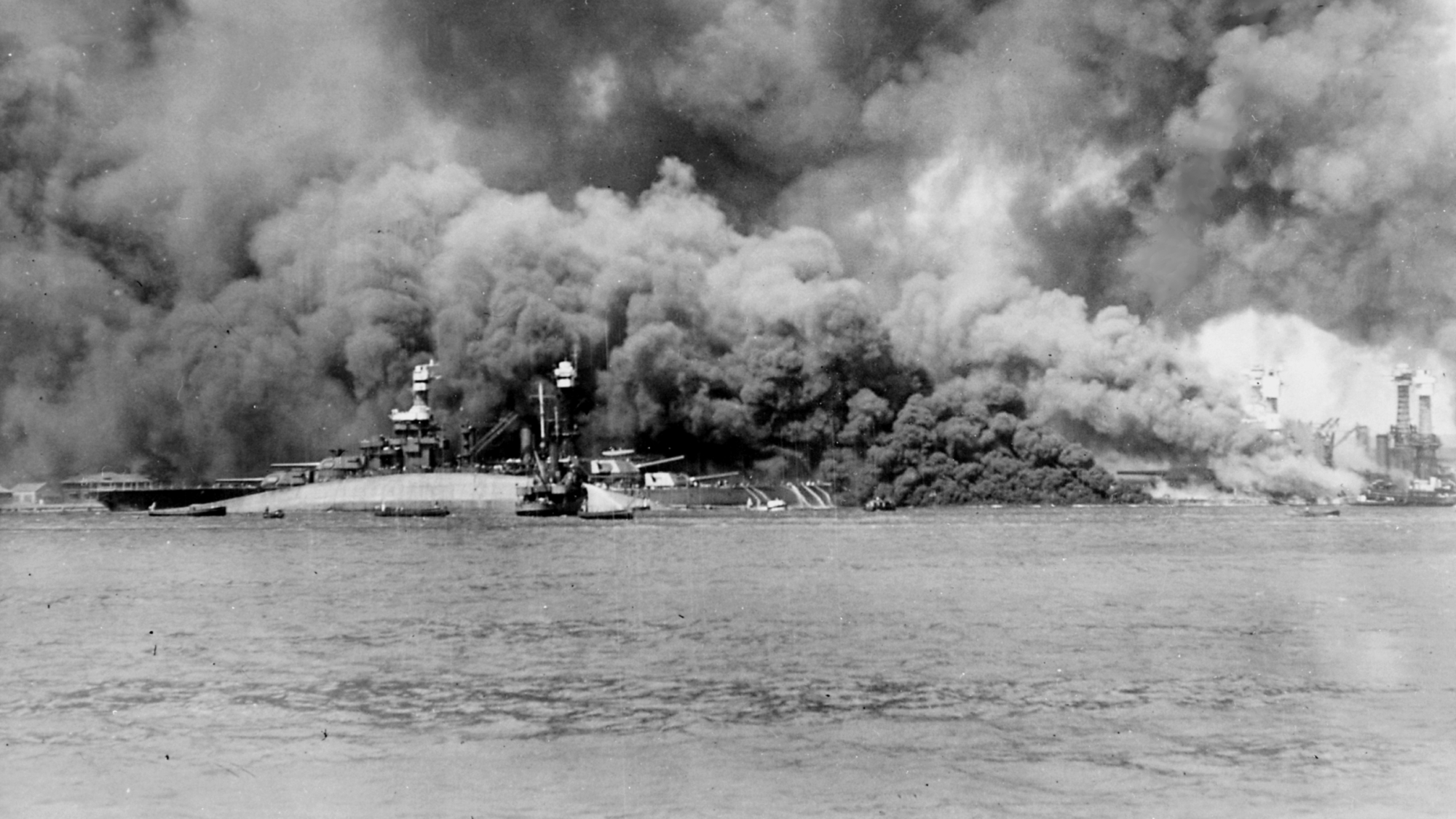
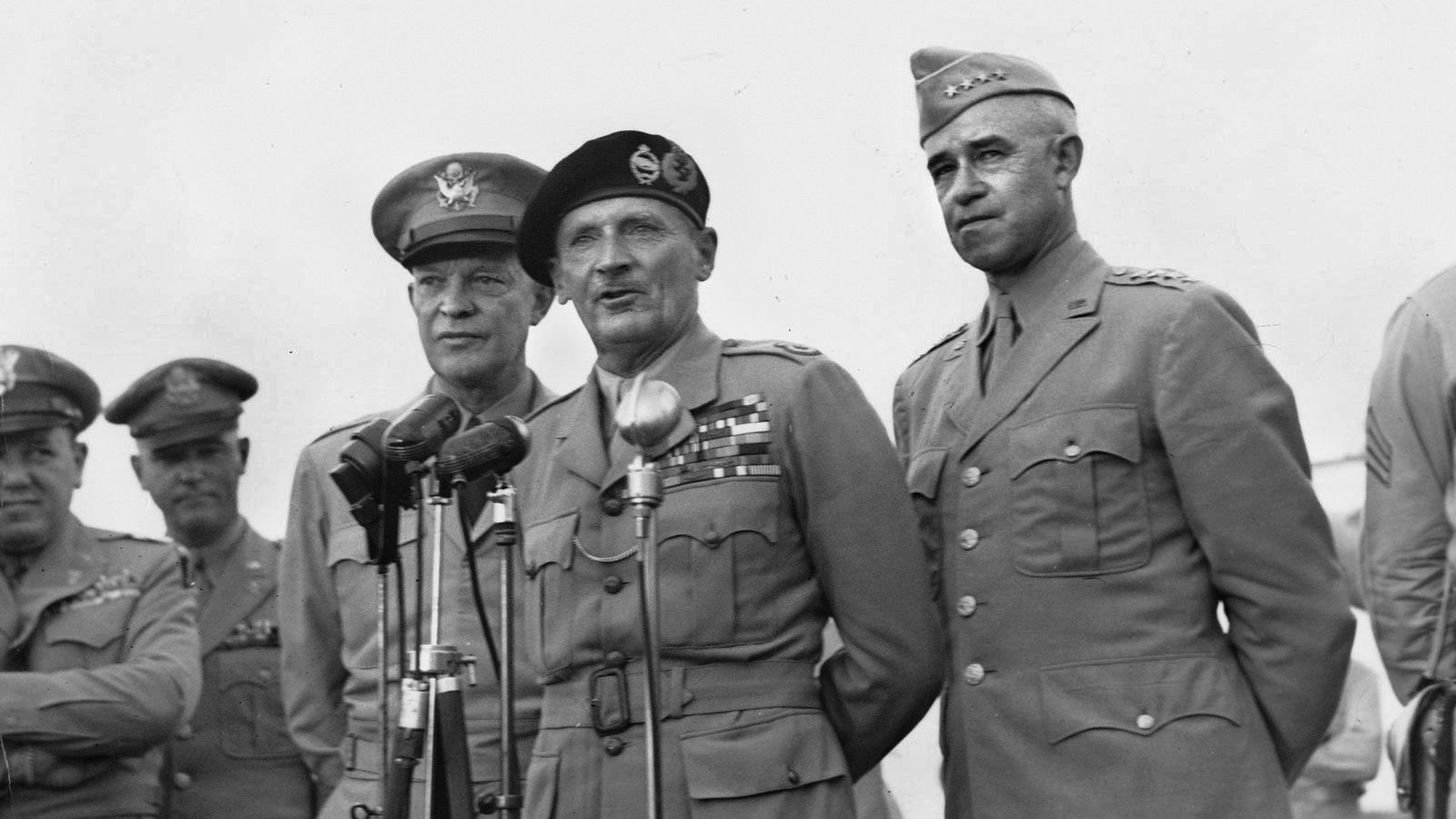
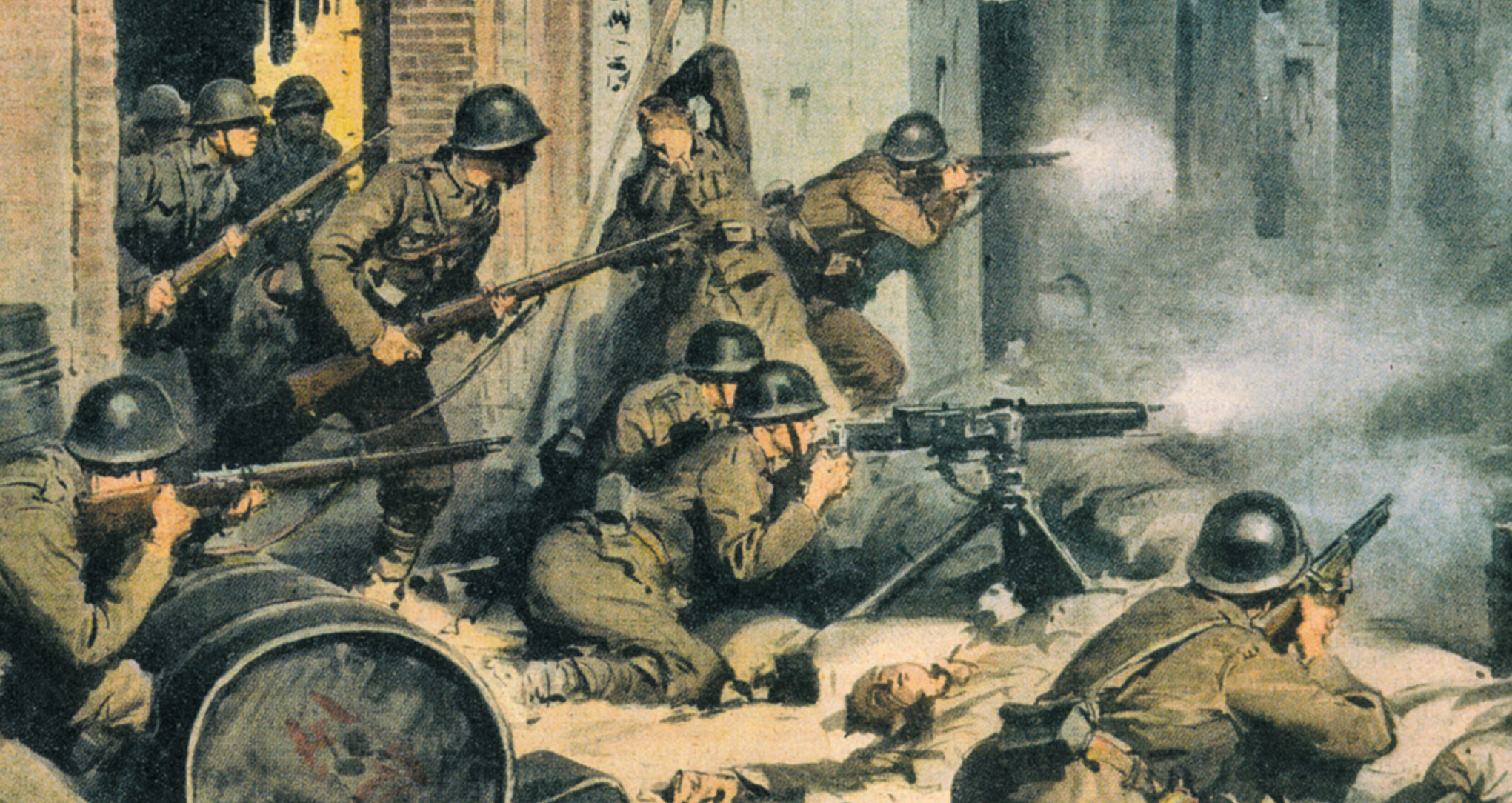
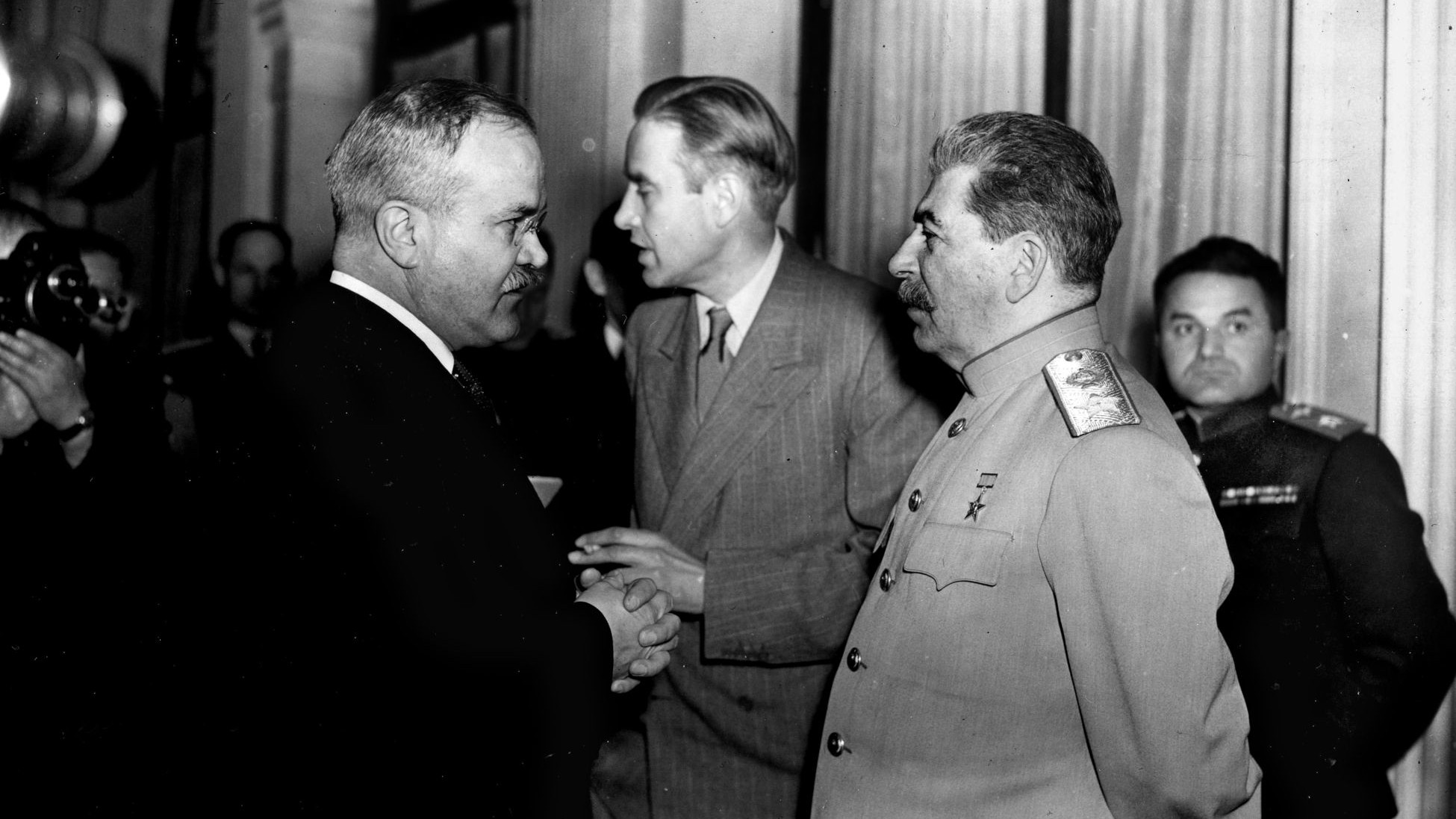
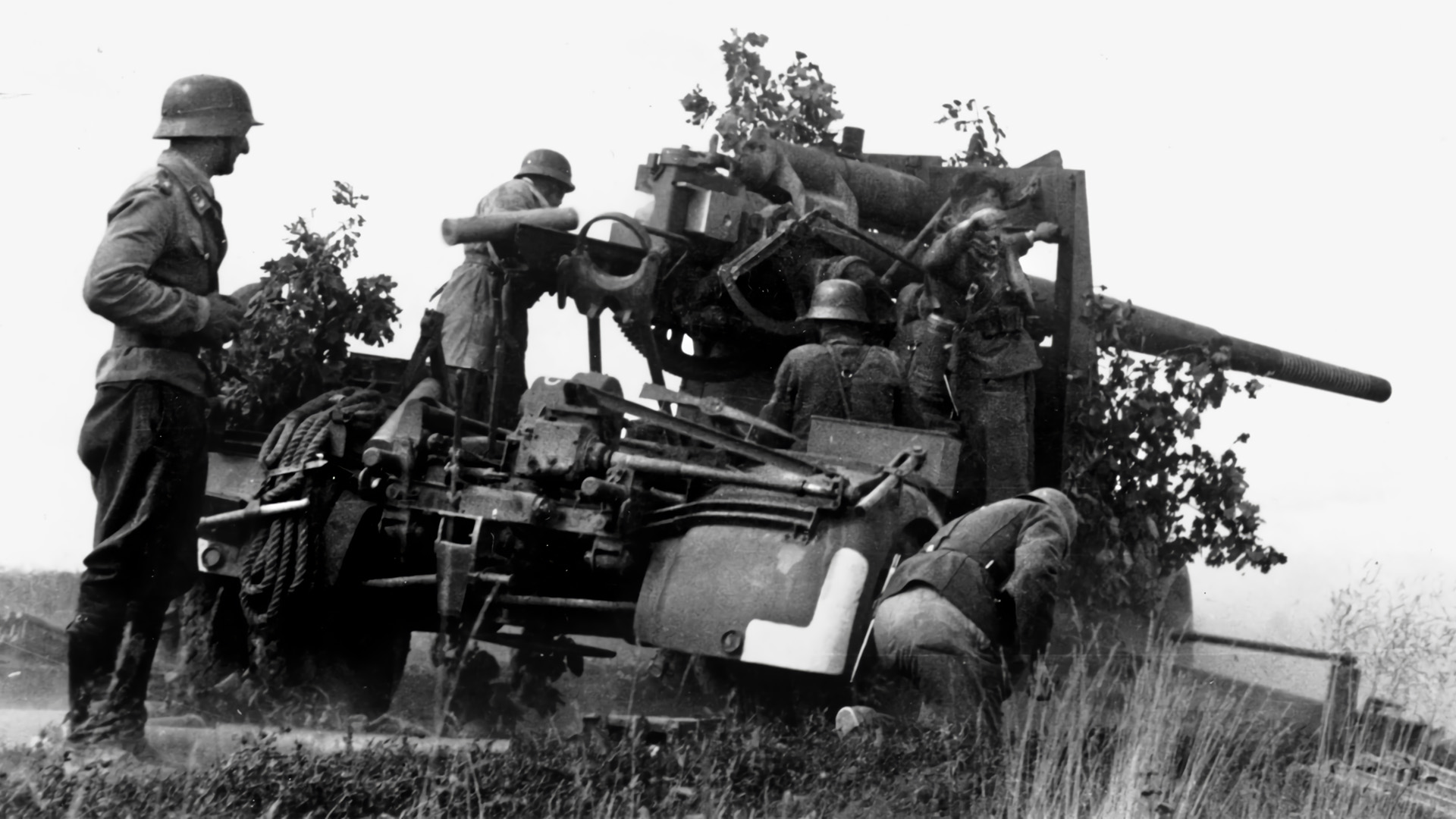
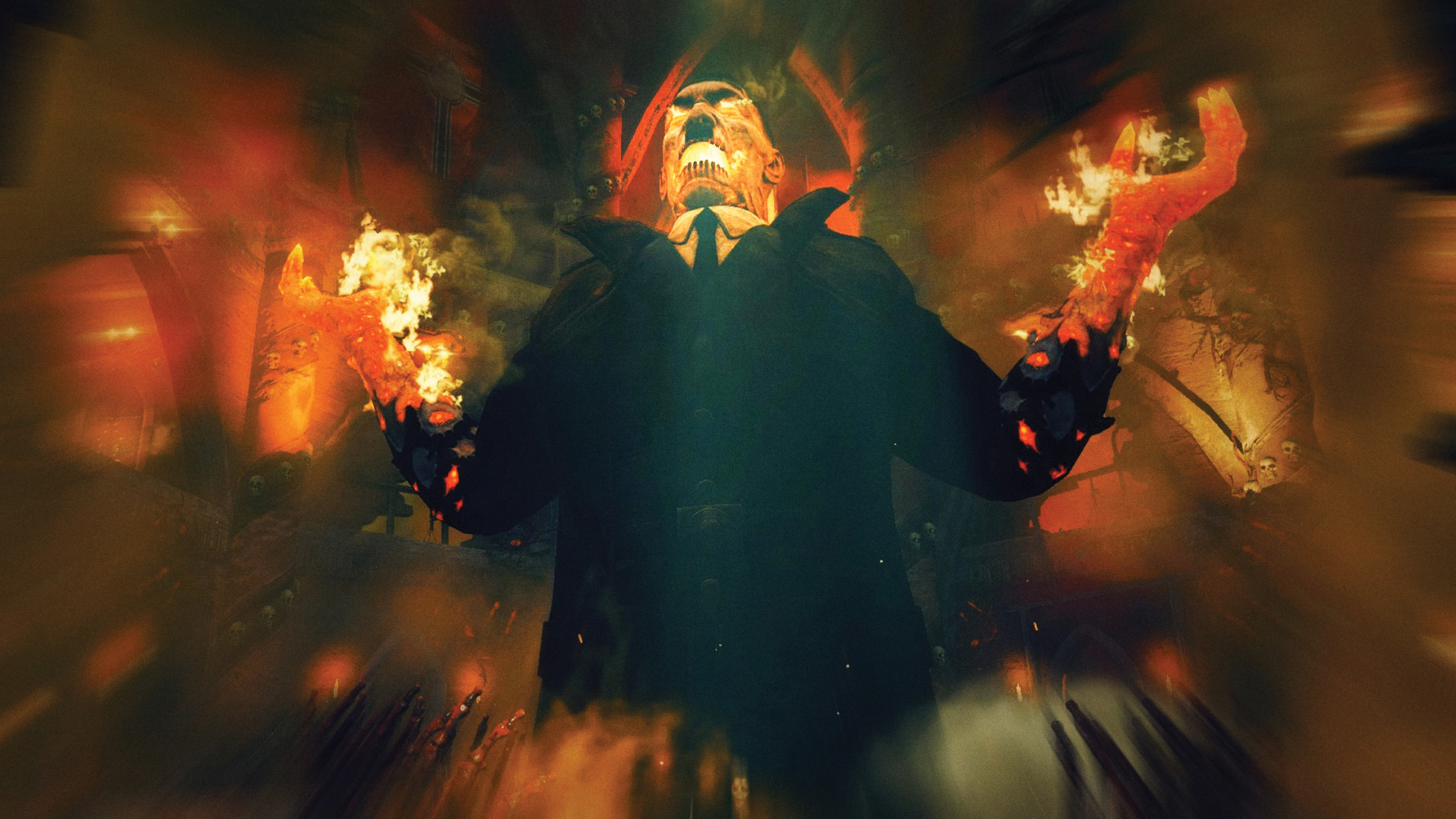
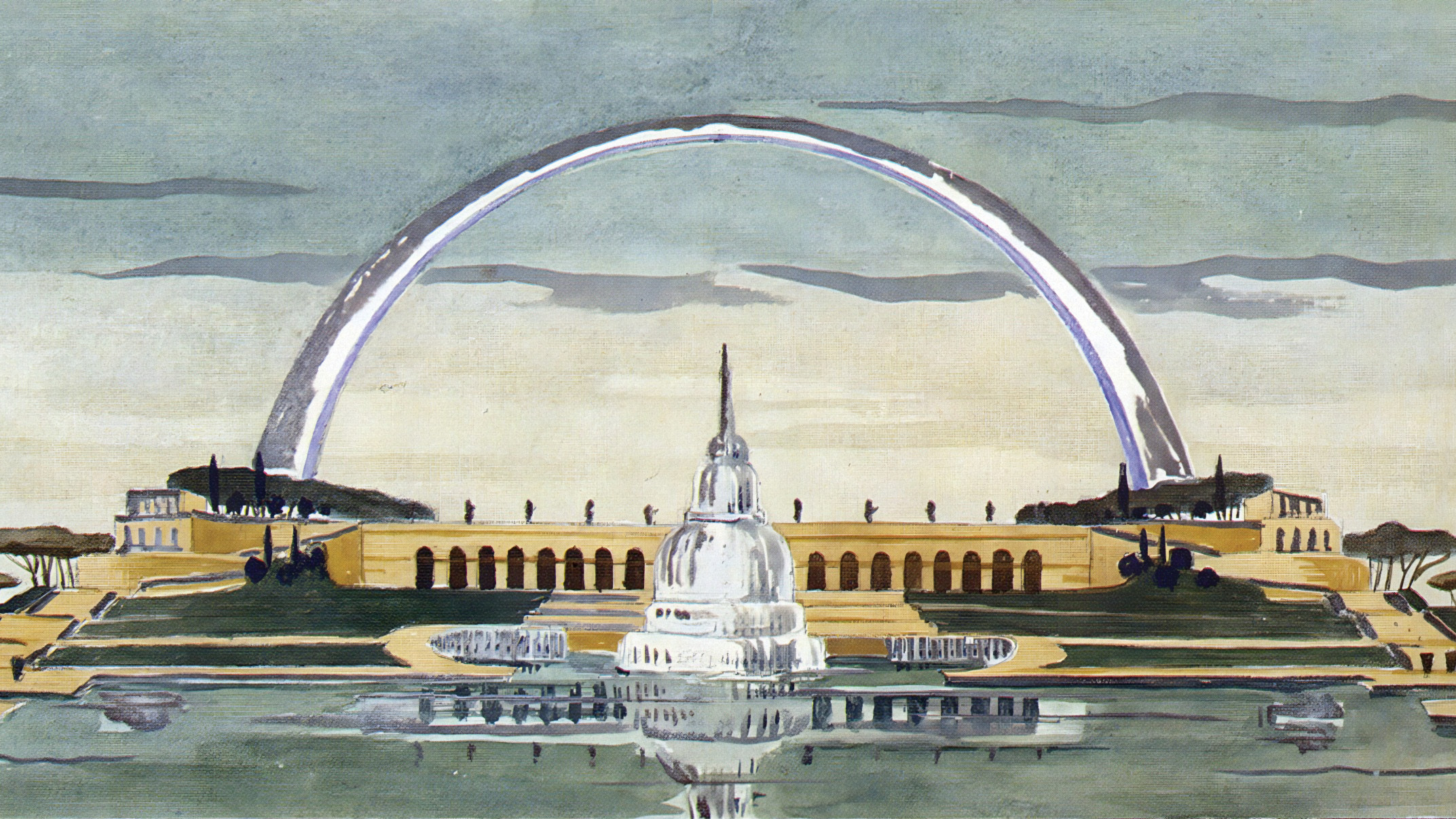

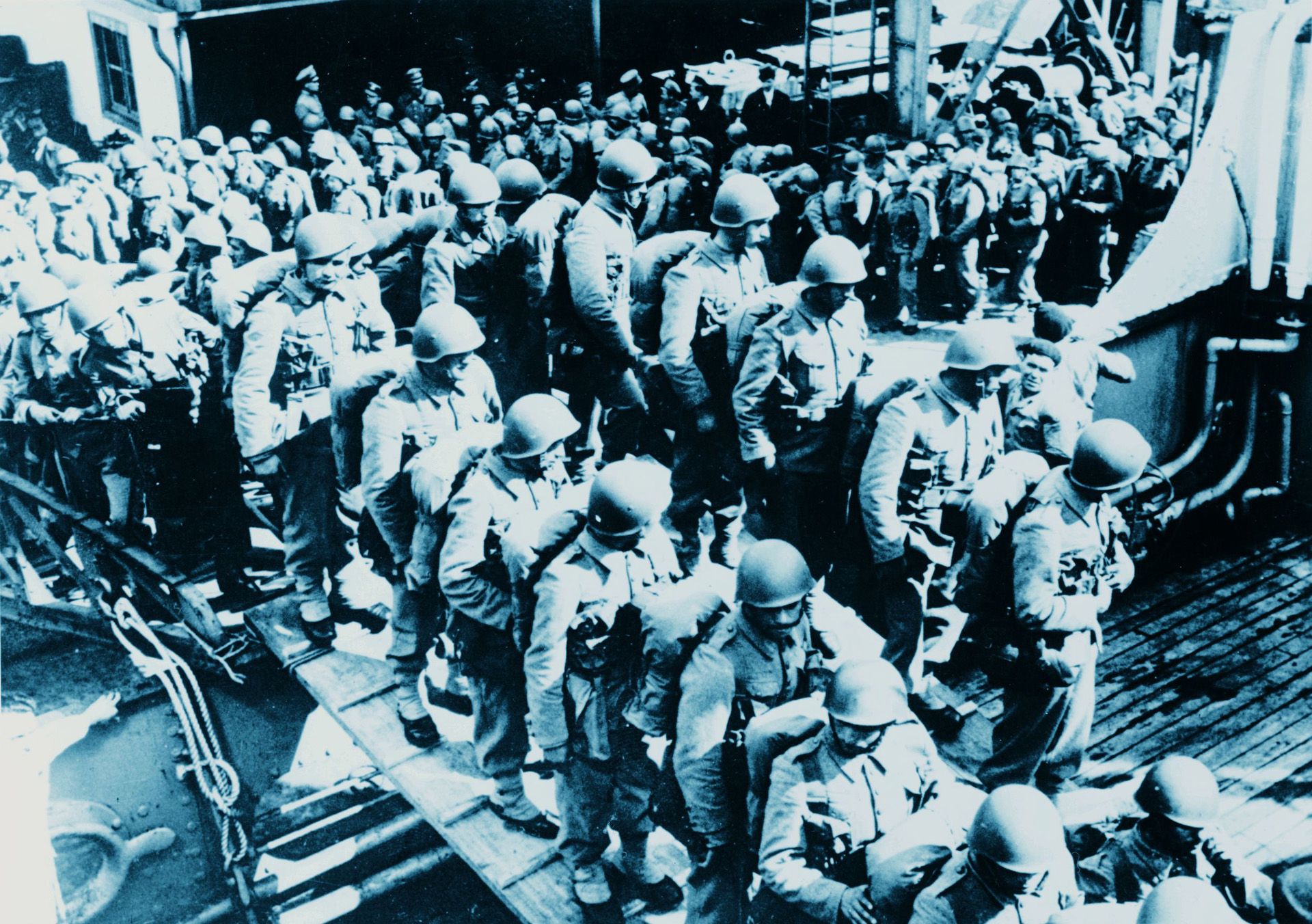
Join The Conversation
Comments
View All Comments